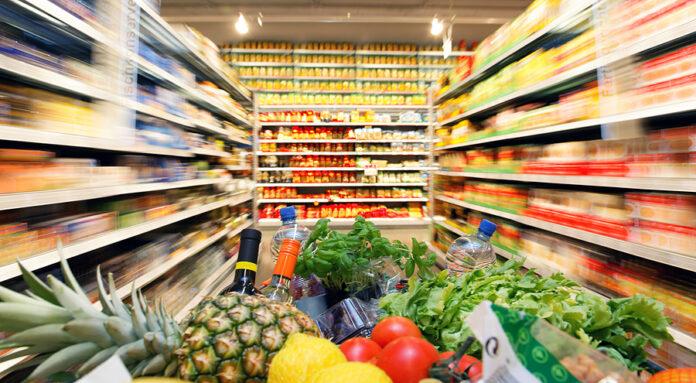
What will food companies look like in 30 years? The Food Company of 2050, a report from Lux Research, attempts to answer that question. Lux analyzed startup trends, social norms, and corporate concerns to pinpoint six megatrends expected to shape the food industry for the next 30 years. These trends are food for health, sustainability, ubiquitous sensing, the microbiome, new industry structures, and future consumption habits.
The report notes that industrywide revenue is growing, but many large companies are seeing decreasing sales, increased competition from small brands, and higher production costs. “[COVID-19] has amplified existing challenges, adding urgency to the need for solutions in some cases and exacerbating the impacts of shifting consumption trends in others,” states the report. As a result, food companies that want to survive and thrive must adjust their fundamental approaches to better meet the challenges.
Food for health
With the ongoing trend toward health and wellness and the increased demand for functional foods due to COVID, an essential for food companies is developing food for health. Lux predicts multiple health-related claims will become part of food and beverage products. As a result, to survive companies need to focus product development on better-for-you products and specific ingredients related to performance. Companies that want to thrive must go further and look for opportunities in the expanding connection between food and health.
Ubiquitous sensing
With sensors becoming smaller, less costly, and more powerful, it’s important for companies to include them in all processes to monitor food safety and quality. The COVID-19 pandemic has created “renewed urgency around virus sensing and self-monitoring.”
New industry structures
Companies need to adapt to new channels and markets while also dealing with more complex competitive landscapes. Major food companies that want to compete with smaller, more agile competitors need to make key moves, according to Lux. These moves include personalization, subscription and delivery options, food safety and traceability, and using digital tools to drive faster, cheaper food innovation. As part of adapting to new structures, food companies need to rethink their identities and understand the role they can have in agricultural production and supporting consumers’ health needs.
Role of the microbiome
“From production methods to diagnostics, mastering [the role of the microbiome] will be make-or-break for food companies,” states the report.
Sustainability
Corporate statements about sustainability will not be enough. Companies need to set goals to do more with less, from packaging to production and distribution — decreasing food waste, making efforts toward decarbonization, and using sustainable packaging.
Understanding future consumption
Companies must stay on top of consumer consumption trends, understanding both the ongoing trends in consumption patterns and how COVID-19 has sped up some changes. “Understanding how consumption is changing, including the shift to fresh foods and plant-based proteins, and how allergens are impacting people’s lives, will be key to future success,” said Thomas Hayes, Lux Research Analyst and report author, in a press release.








